I haven’t posted for a while because I have not been doing much hiking. A few days after I returned from my tour of Joshua Tree NP, my wife Cathy was diagnosed with stage III colon cancer.
We have excellent medical care here in Boulder. I have been impressed not only by the competence of her doctors, but their ability to listen and communicate–to treat the patient and not just the disease. They have a good quality assurance process in the form of a Tumor Board that reviews every case and every treatment plan.
Colon cancer is common and Cathy’s presentation is typical, so her treatment plan follows standardized guidance: radiation therapy followed by chemotherapy followed by surgery. Her doctors are very confident that her cancer is treatable and probably curable if she completes all the treatments.
Treatment is both extensive and intensive: 5 radiation sessions per week for 5 weeks, then chemotherapy every other week for 24 weeks, then surgery. That pretty much accounts for all of 2024.
Not how we were planning to spend our first full year of retirement together. Not much traveling, not much hiking.
But we are unwilling to stay home and mope. There was a 3-week recovery break at the beginning of May between radiation therapy and chemotherapy. We had been spending way too much time at the Rocky Mountain Cancer Center and not nearly enough time outdoors. It was time to get out of town.
The mountains were still snowed in, the desert was heating up, so we decided to head east. Cathy had heard good things about the Crystal Bridges Museum in Bentonville, Arkansas. The northwest corner of Arkansas is mostly mountainous. We located a plausible camp spot in a state park not too far away from Bentonville, loaded up our teardrop trailer and hit the road.
Kansas has a reputation as flat, boring and lifeless. Most folks just blast through on I-70 which is indeed flat, boring and lifeless. That’s by design–the flatter the terrain, the easier to build railroads and high-speed highways.
A different Kansas emerges once you leave the interstate. There are rolling hills, blue skies, green prairies and even a few wetlands. Nothing spectacular, but much more pleasant than bombing down the interstate hemmed in by gigantic trucks.
We spent the night at Wilson Lake, an impoundment of the Smoky Hill River. We live close to the mountains and rarely see a good sunset, so we were appreciative of the chance to see a horizon out to the west.
We detoured through the Cheyenne Bottoms wetlands in south central Kansas, a place of marshes extending for miles through otherwise dry country. The marshes themselves are not very scenic, but they are an important stop for migrating birds along the Central Flyway. We missed the peak migration, but there were still plenty of ducks and herons to admire.
We arrived late in the day at Lake Fort Smith State Park. Its beautiful campground was built in the 1930s by the WPA (or CCC, I forget which). It is a legacy of a public-minded ethos that was common then but was discarded in favor of the gospel of privatization. Although the US is far richer now, we no longer build nice things for ordinary people to enjoy.
The park is also the western terminus of the Ozark Highlands Trail, which runs 165 miles eastward along the Boston Mountain ridge. It had rained quite a bit that night, so I waited for the trail to dry out a bit and set out in the afternoon.
I’ve never thought much about hiking long trails in the eastern US. My limited experience in that part of the country convinced me that it is usually hot, humid, buggy and lacking in views. But I have to say this little day hike left me intrigued and interested in doing the whole OHT sometime.
Although it certainly was humid, it was not hot. There were no pesky bugs. The dense forest afforded no views, but hosted a symphony of birdsong. The abundance of greenery and the diversity of trees and other plant life was very impressive. It would be a very different sort of long-distance hike, but different is sometimes good.
We drove up to Bentonville the next day, spending most of the day at the Crystal Bridges Museum. It is a fine museum, hosting an impressive variety of historic and modern paintings, and a spectacular exhibit of art crafted from colorful insects. The Waltons spent their money wisely.
No pictures from inside the museum, but the grounds were extensive and well-stocked with sculptures.
View through James Turrell’s Skyspace
After another day back at Lake Fort Smith, we packed up and began the journey home. We stopped in the early afternoon at Wichita Mountains Wildlife Refuge in western Oklahoma.
The Refuge was established in 1908 to preserve what was left of the bison herds in the country. It has a nice network of trails that cross a prairie full of wildflowers.
We moved on the next day to Black Mesa State Park in the far western tip of the Oklahoma panhandle. The park is notable for its proximity to the high point in Oklahoma, and for its dark skies. It also had a few wildflowers going.
Kansas, Oklahoma and Arkansas turn out to have some very interesting and attractive natural areas. Like many native westerners, I tend to dismiss the East and Midwest. This is a mistake. These states host some truly interesting and beautiful country. Maybe you have to get off the interstate to find it, but it is there and is well worth the effort to find.


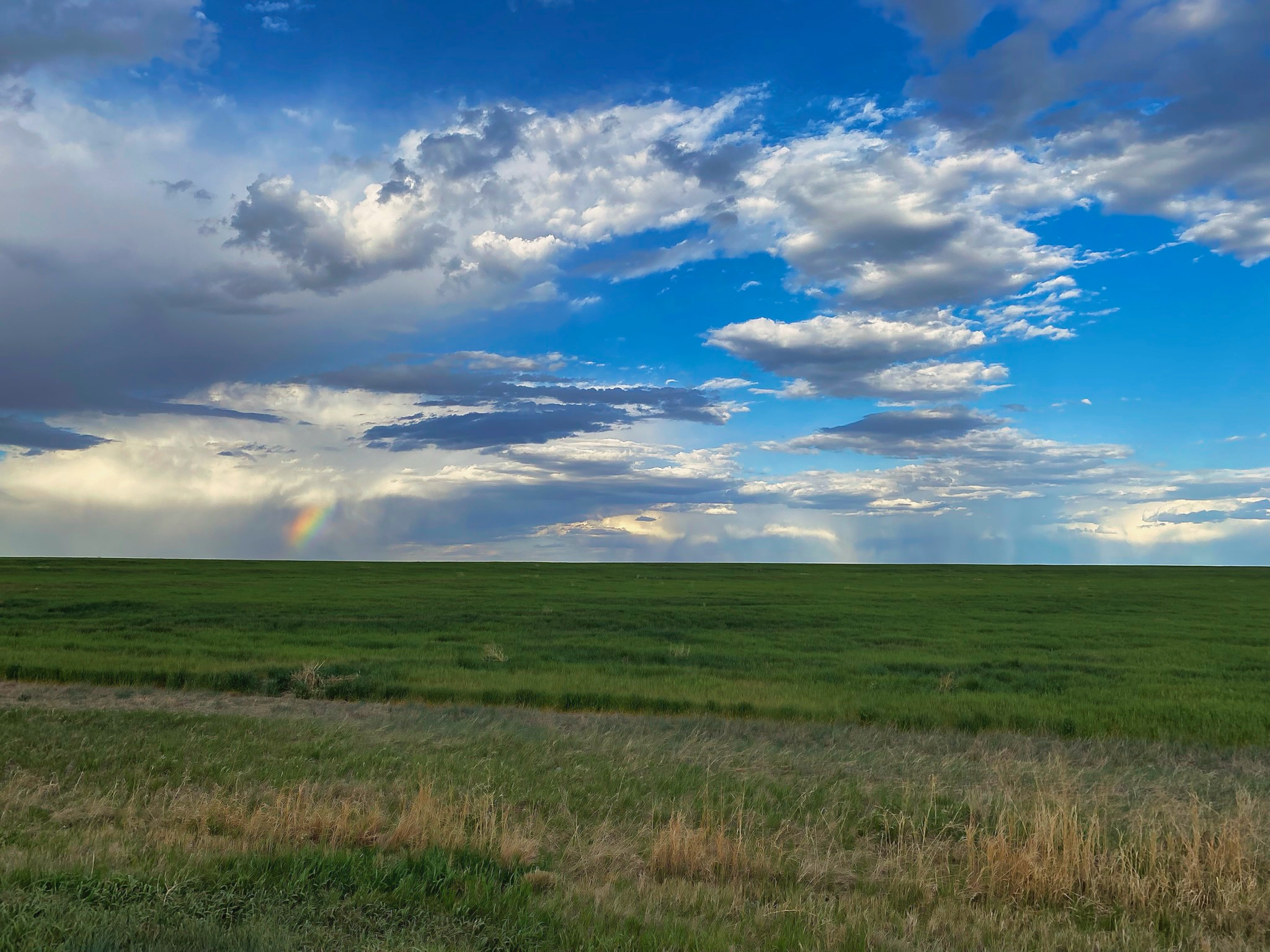


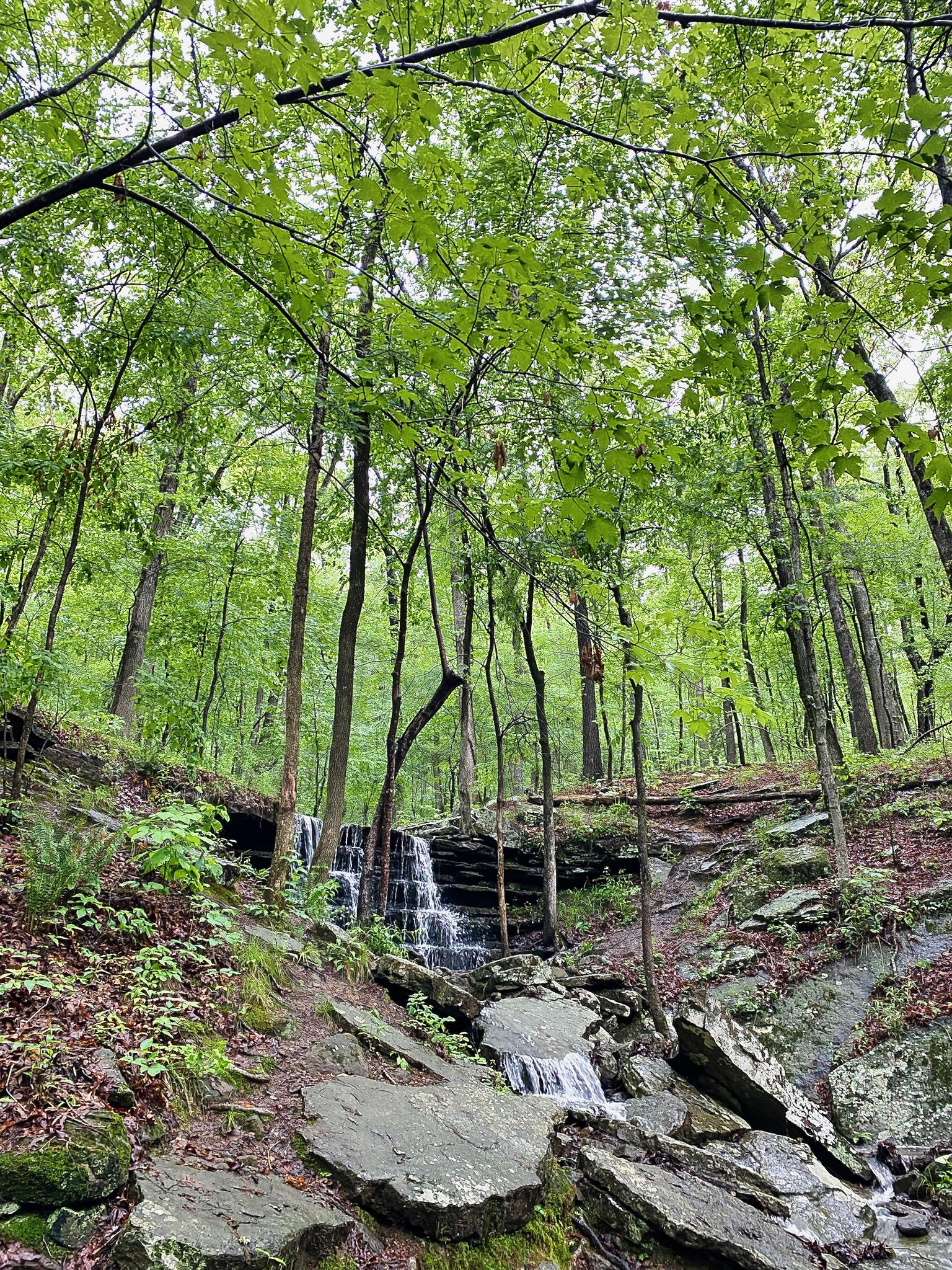

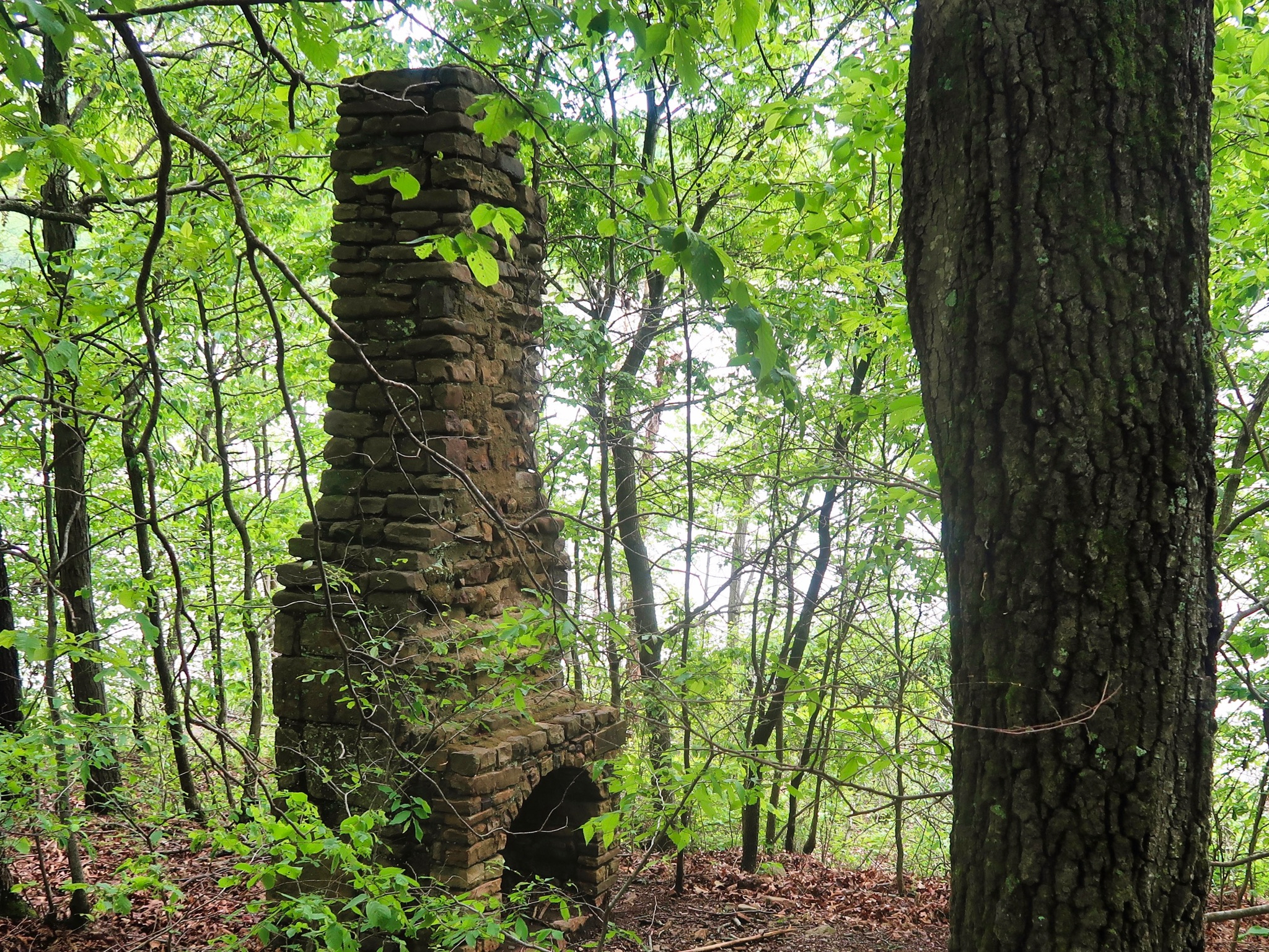
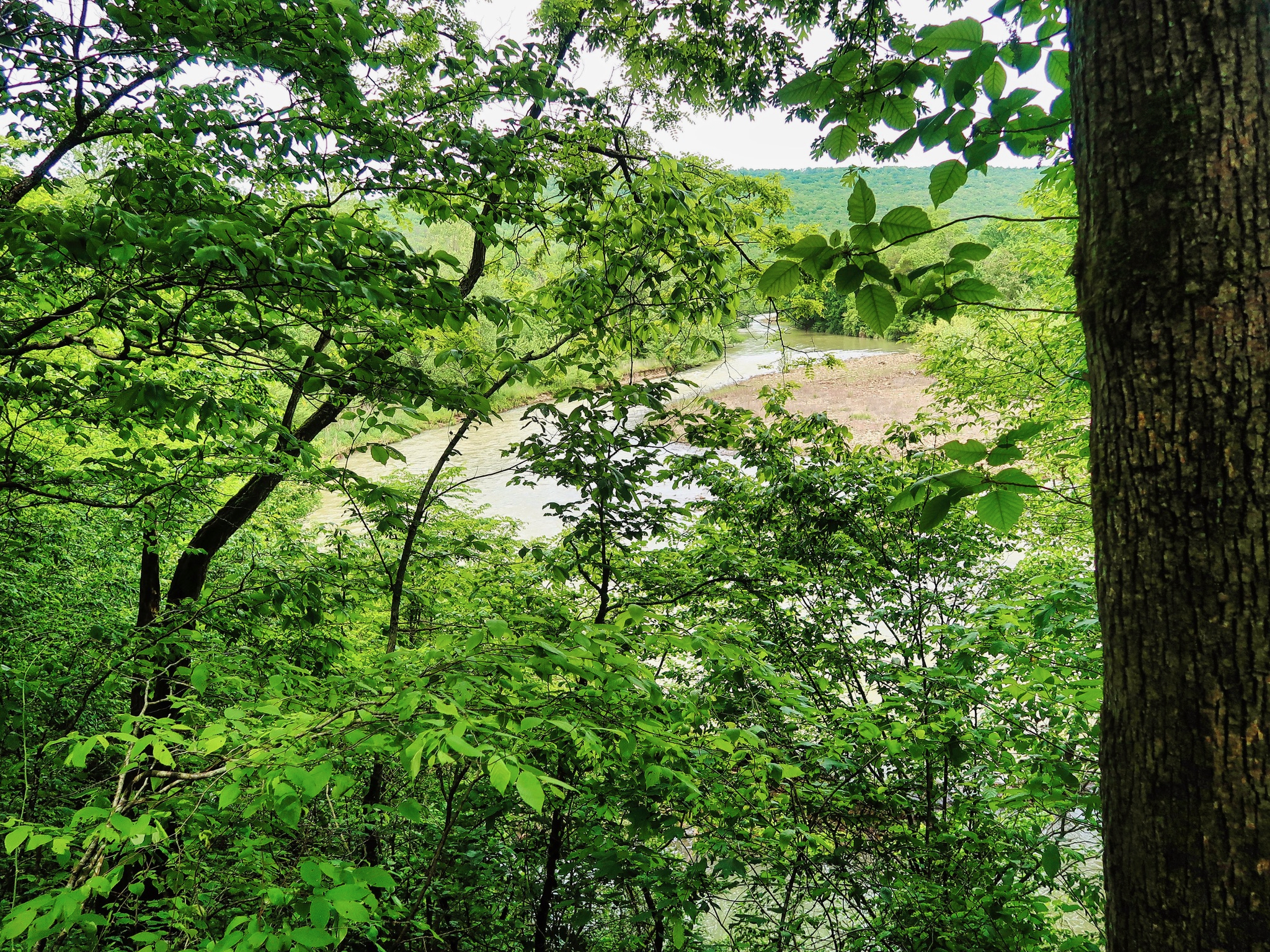
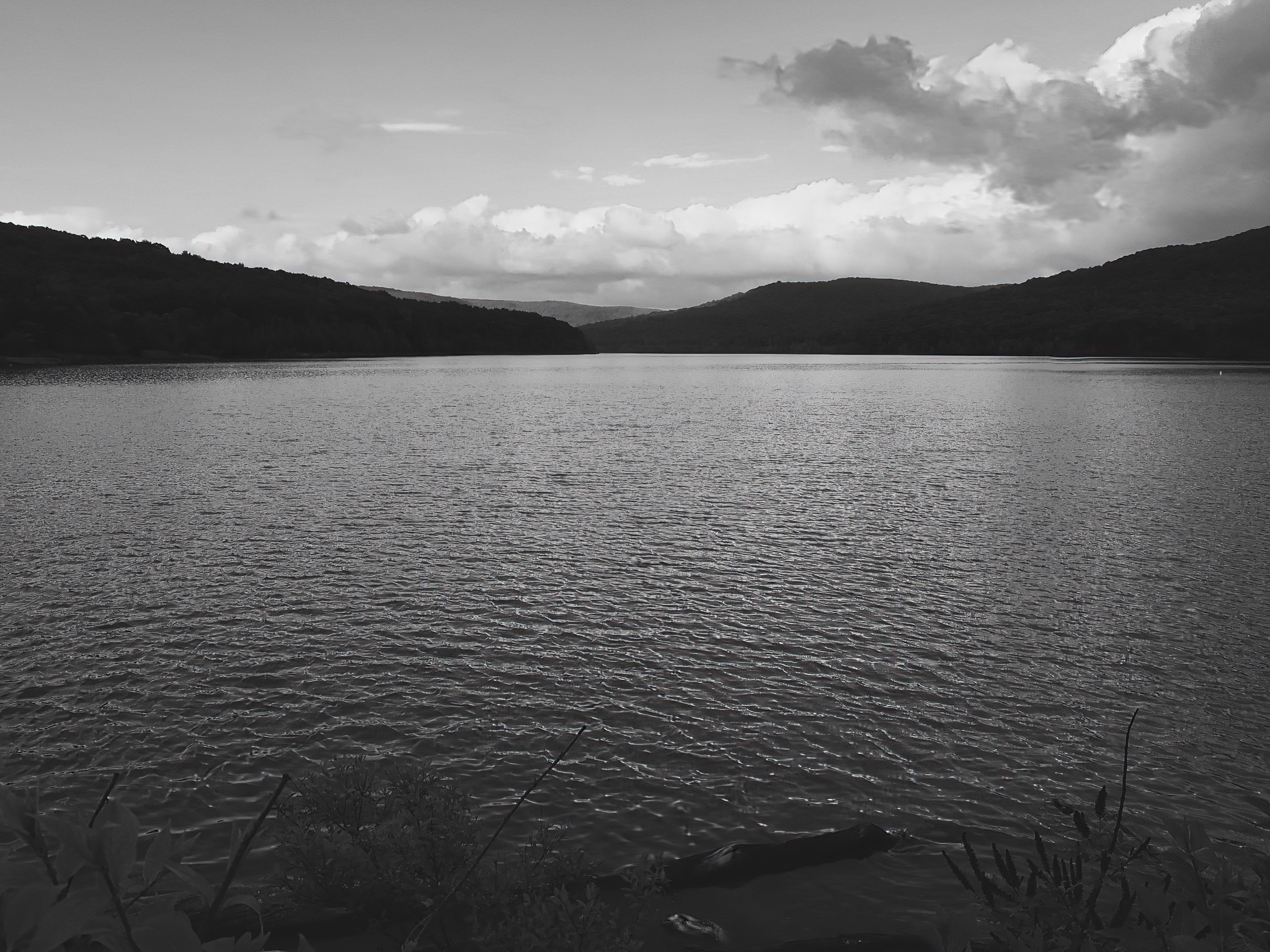
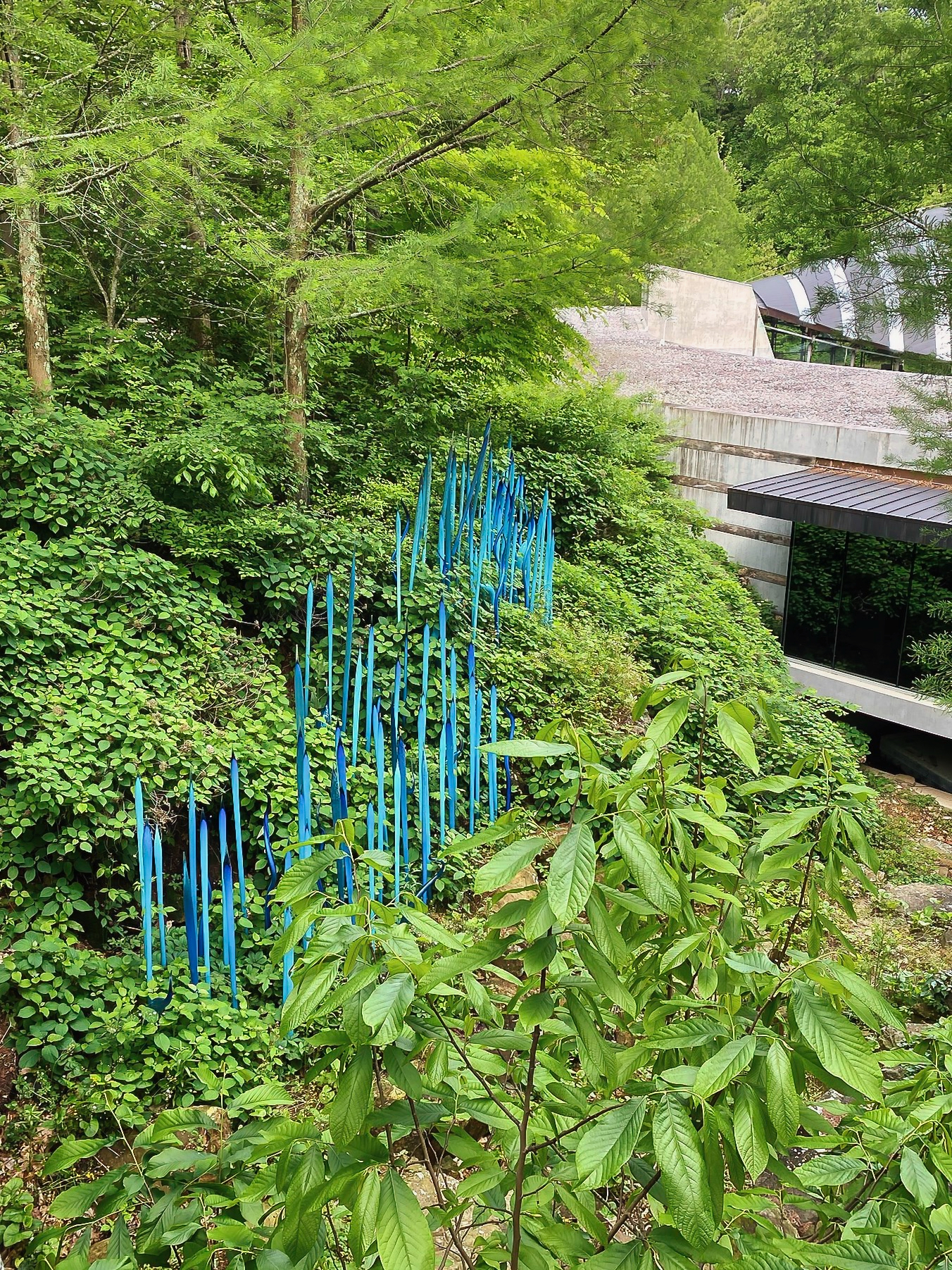
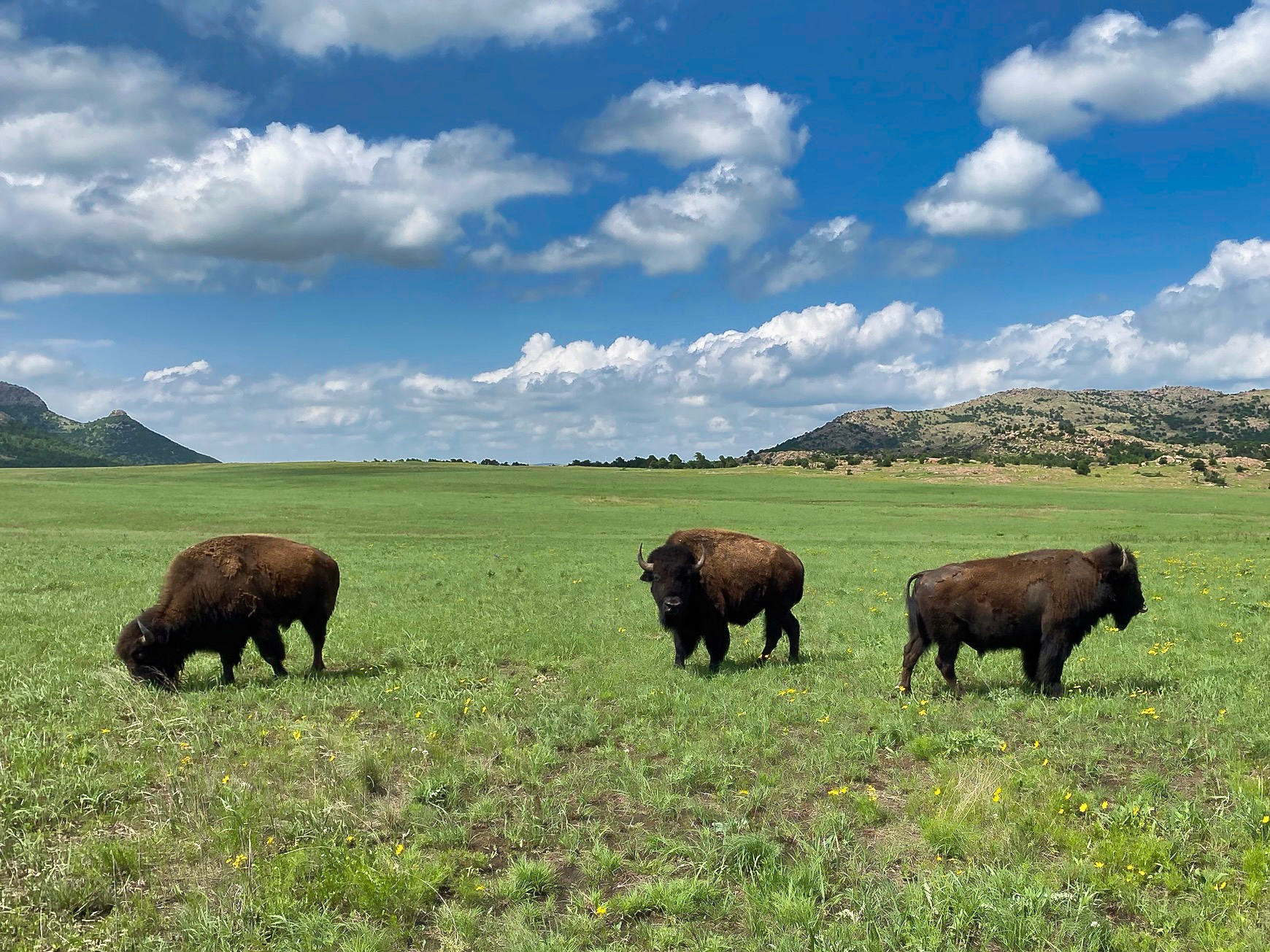
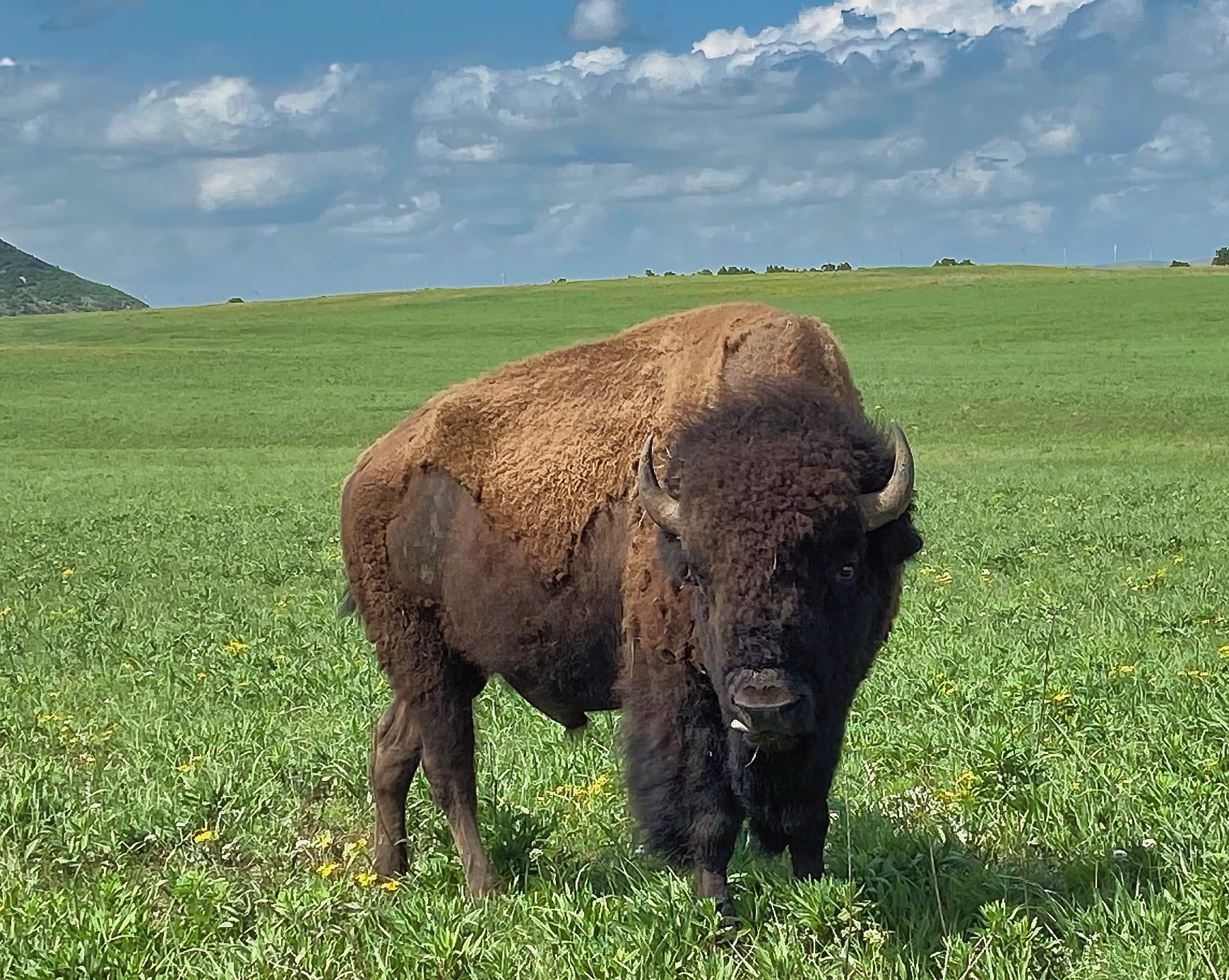


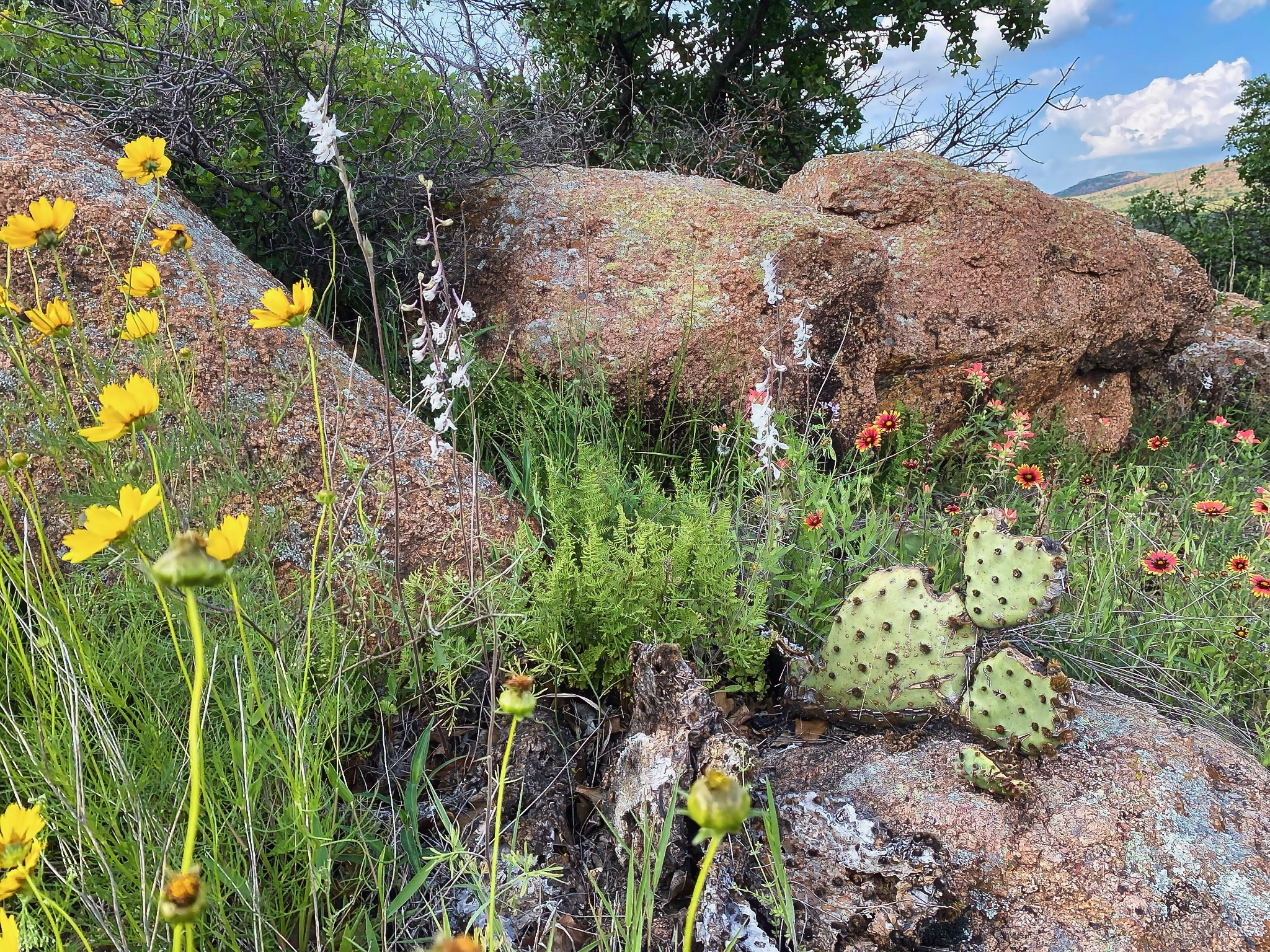
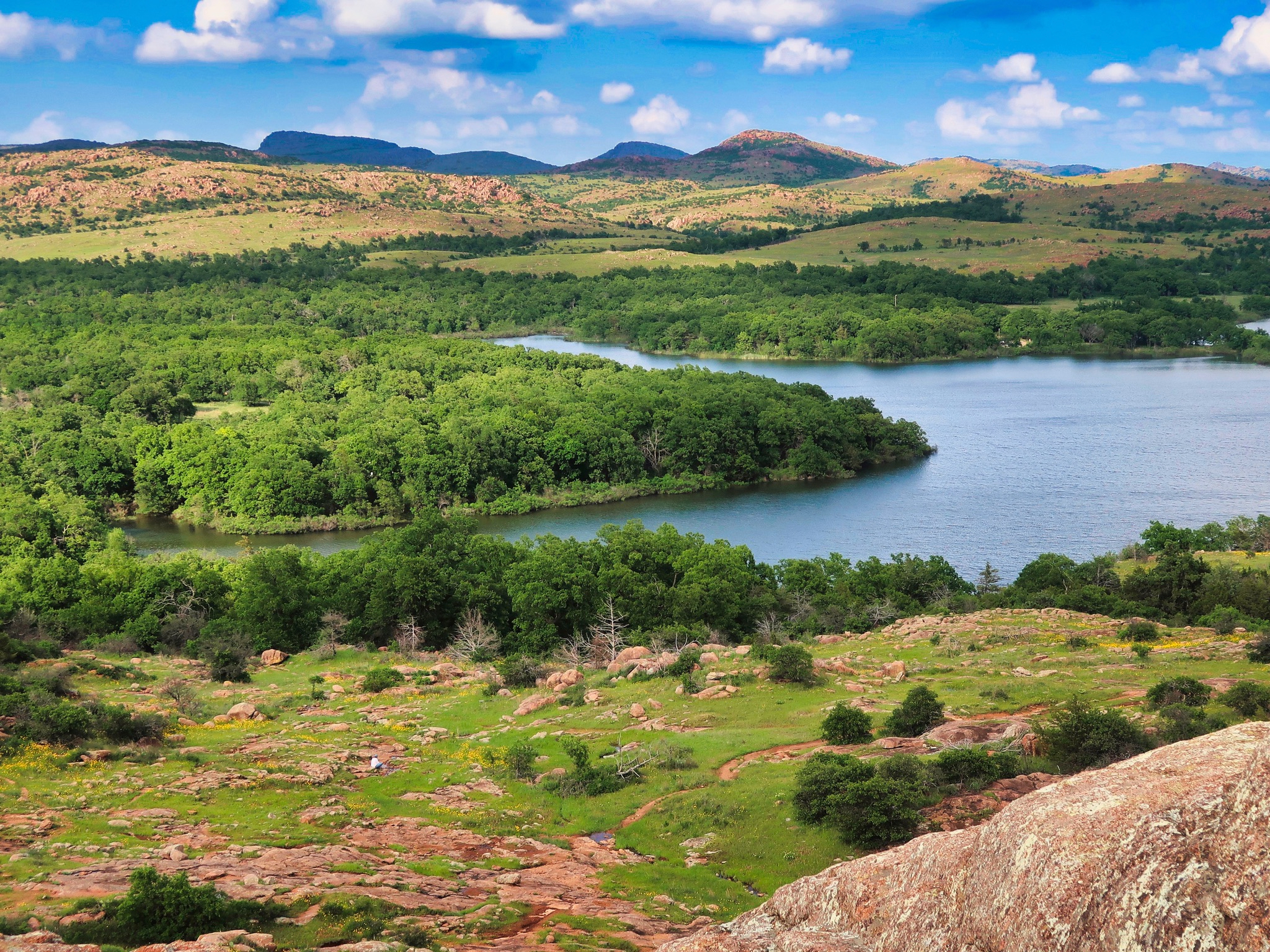


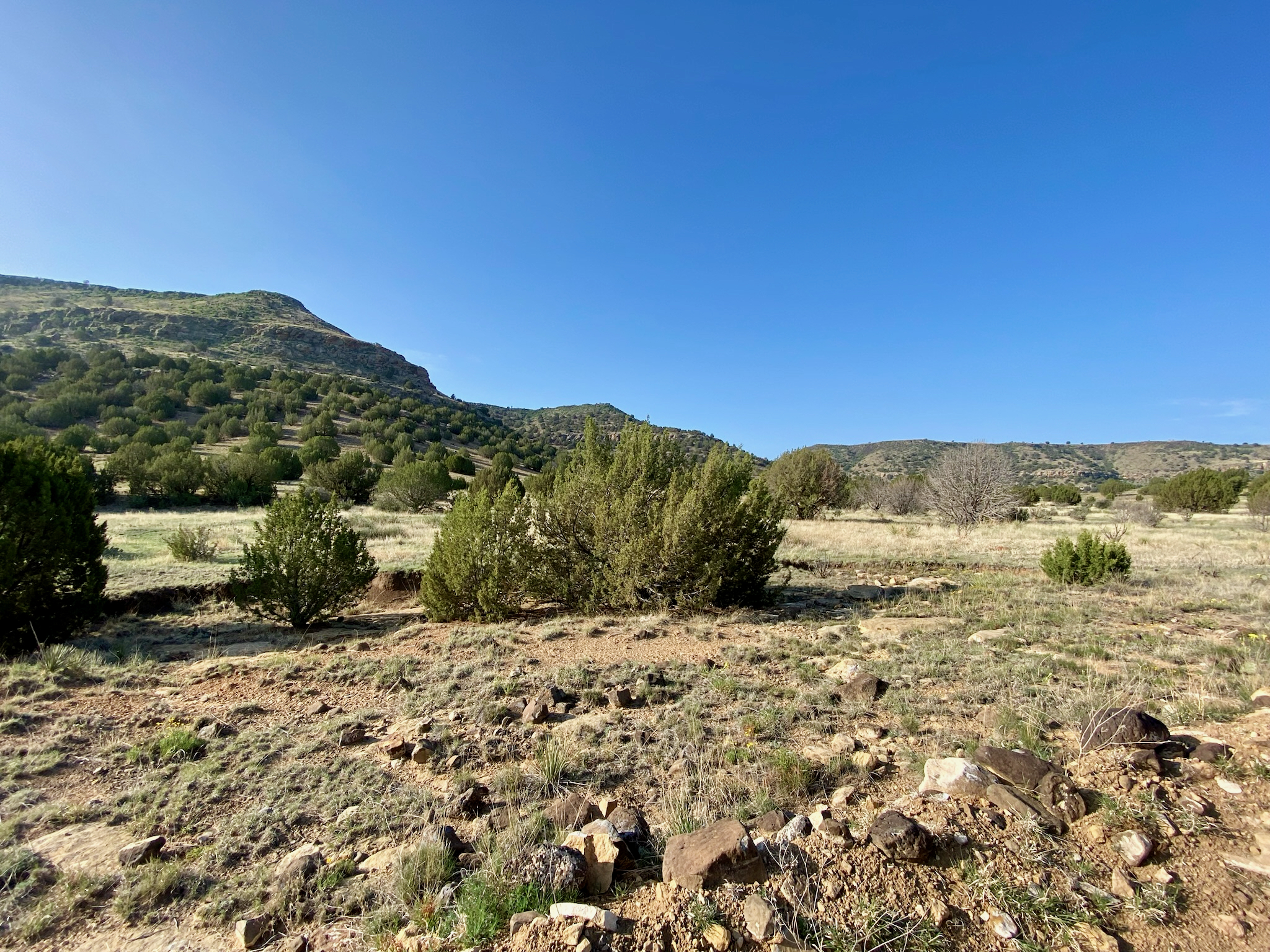

I am at a loss for words. My heart goes out to you…